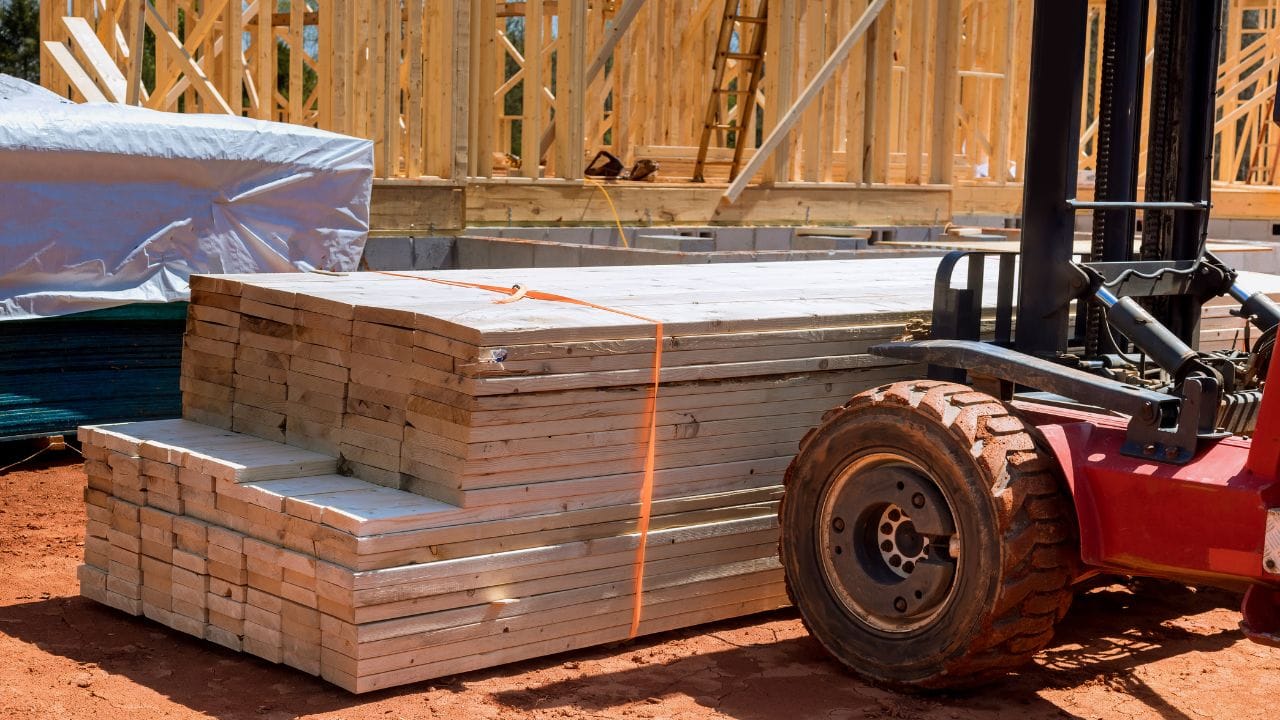
23 Aug Building materials: A journey through time from the past to the future 2024
Building materials have always been a cornerstone in the development of civilizations and the formation of their architectural identity. From the first stones that ancient humans used to build their shelters to the advanced technologies we see today, building materials have evolved through the ages. In this article, we trace this fantastic journey, exploring how building materials have evolved from the past to the present and what future trends are shaping the future of construction.
Materials in the Past: From Nature to Civilization
In ancient times, humans relied mainly on the natural materials around them to build shelters. Stones, clay, and wood were the primary materials used in construction. These materials were easy to obtain and inexpensive, but they were limited in durability and insulation.
As civilizations evolved, so did building materials. New techniques emerged for processing natural materials and combining them with other materials, such as adobe and clay bricks. New materials such as limestone and marble began to be used to construct temples and palaces.
Materials in the present: The Age of the Industrial Revolution
The Industrial Revolution saw a massive development in the field of building materials. New materials such as concrete, steel, and glass emerged, radically changing the face of construction. These materials are characterized by their durability, strength, and ability to withstand heavy loads, allowing for skyscrapers and massive structures to be constructed.
This period also saw the emergence of new building materials, such as aluminum and plastics, which are widely used in modern construction.
The building materials of the future: Toward sustainable construction
With the growing awareness of the importance of sustainability and preserving the environment, new building materials with better environmental properties are rising. These include:
- Recycled materials: Concrete made from debris and recycled plastics.
- Natural materials: Wood, straw, and clay, which are renewable and biodegradable.
- Innovative materials: Materials that can respond to environmental changes, such as smart glass that changes color depending on light intensity.
- Nanomaterials: These are materials with unique properties due to their tiny size, which can be used to develop high-strength and durability building materials.
Future Challenges in Building Materials
Despite the rapid developments in building materials, there are several challenges facing the industry, including:
- Saving energy and resources: Future building materials should be more energy and resource-efficient.
- Preserve the environment: Building materials should be eco-friendly and recyclable.
- Resistance to climate change: Building materials must withstand extreme weather conditions.
- Cost: New building materials should be affordable to suit all groups.
Sustainable building materials: The green future of construction
With the growing awareness of the importance of sustainability and environmental preservation, there is an increasing focus on developing eco-friendly building materials. These materials minimize the ecological impact of construction and help conserve natural resources.
Types of sustainable materials:
- Recycled materials: Concrete made from debris and recycled plastics.
- Natural materials: Wood, straw, and clay, which are renewable and biodegradable.
- Energy-efficient materials, Such as heat-insulating glass and innovative energy control systems.
- Local materials: Using local materials reduces carbon emissions from transportation.
The benefits of using sustainable materials:
- Minimize environmental impact: Sustainable materials reduce greenhouse gas emissions and minimize the consumption of natural resources.
- Improve air quality: Some sustainable materials help improve the indoor air quality of buildings.
- Increased property value: Buildings made from sustainable materials are usually more valuable and attractive to buyers.
- Energy savings: Sustainable materials can help reduce energy costs in the long run.
Challenges to sustainable building materials:
- Higher cost: Sometimes, sustainable materials can be more expensive than traditional materials.
- Limited availability: Some sustainable materials in some areas may be limited.
- Lack of awareness: There may be a lack of understanding of the importance of using sustainable materials in construction.
The future of sustainable materials:
The demand for sustainable building materials is expected to increase with growing environmental awareness. Technological advancements will help develop new and more effective materials.
Conclusion:
Sustainable materials are an essential part of the future of green building. Using these materials, we can contribute to protecting the environment and providing a healthy and sustainable environment for future generations.
